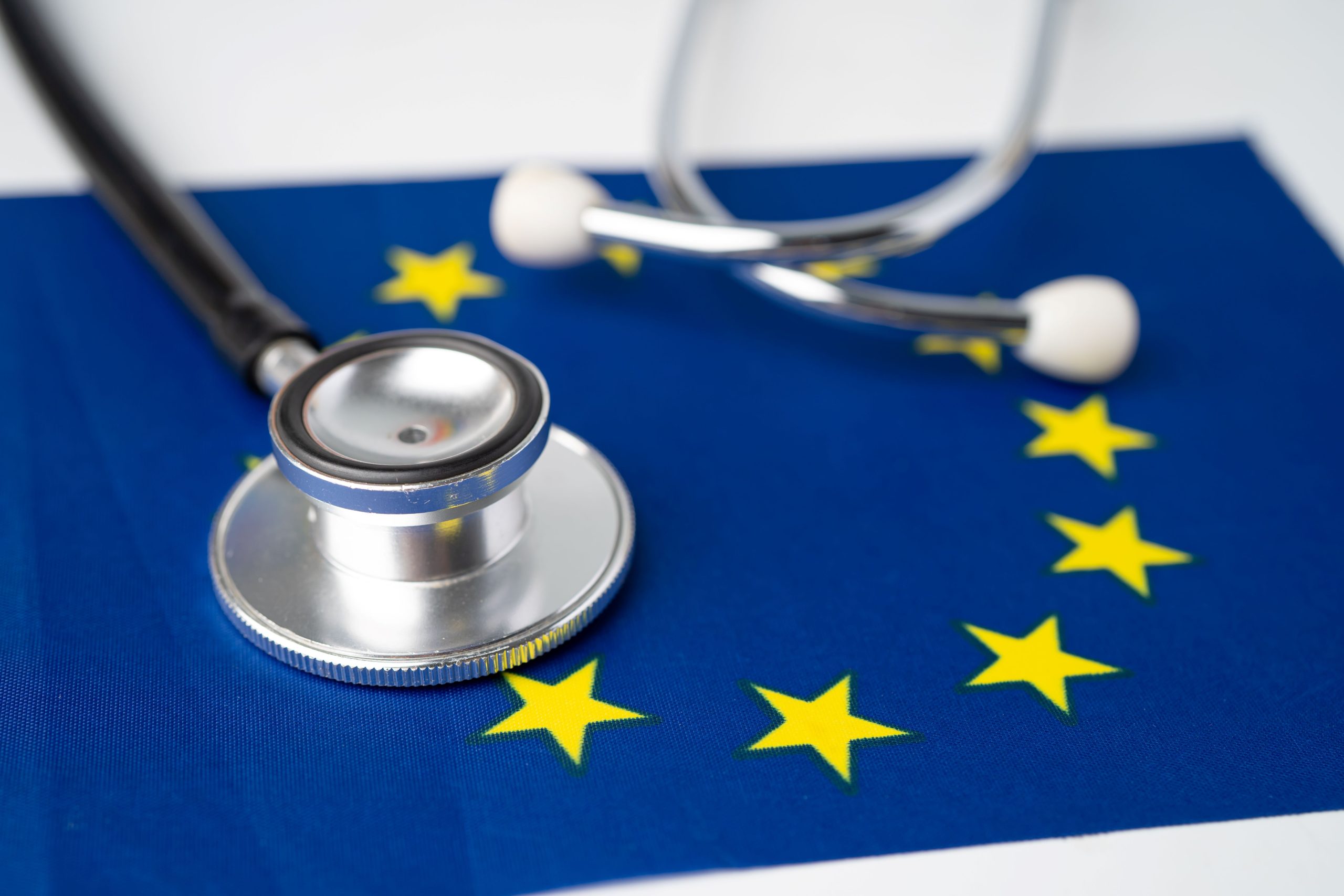Imagine standing at the brink of a continent where every step forward leads you into a new world of opportunities, each distinct and vibrant with its own cultural tapestry, language melodies, and business rituals.
This is Europe—a mosaic of markets that beckons with promises of growth and innovation. For businesses daring to expand, Europe offers a labyrinth of potential paths, each requiring careful navigation.
The key to deciphering this labyrinth? A compass forged from comprehensive market analysis.
This introductory guide to European market expansion is not just about understanding the diverse economic landscapes; it’s an invitation to embark on a journey through the heart of Europe’s business environment, where every insight and piece of data lights up the path toward successful integration and growth.
Venturing into the European Odyssey: Key Factors Unveiled
The Mosaic of Cultures: A Symphony of Diversity
Europe’s charm lies in its intricate mosaic of cultures, each region playing its unique melody of traditions, languages, and social norms.
This rich tapestry offers businesses a spectrum of opportunities to customize and resonate deeply with varied audiences. Understanding this cultural symphony is not just beneficial; it’s essential for crafting messages that sing in harmony with local values and customs.
Linguistic Labyrinths: Navigating the Tongues of Europa
With every border crossed within Europe, one encounters a new linguistic realm. The continent’s babel of languages demands meticulous attention to communication strategies.
Tailoring your business narrative for each linguistic audience can transform challenges into bridges, connecting your brand to the heartbeats of diverse communities.
Regulatory Weaves: The Threads Binding the European Fabric
Europe’s regulatory environment is a complex weave of local and EU-wide threads, each designed to uphold standards across various sectors.
Navigating this intricate framework with understanding and compliance is crucial for seamless market entry and operation. It ensures your venture is not only lawful but also aligned with European values of quality, privacy, and sustainability.
Economic Constellations: Navigating Through Stars of Opportunity
The European economy, with its constellation of countries at various stages of development, offers a celestial map of opportunities.
From the mature economies in the West to the vibrant, emerging markets in the East, understanding the economic indicators and market sizes is akin to charting a course through the stars, guiding decisions on where to anchor your business aspirations for maximum impact.
In this journey through Europe’s business landscape, each factor—cultural, linguistic, regulatory, and economic—plays a pivotal role in shaping the expedition’s success. They are the winds and tides that savvy navigators must understand and respect to sail smoothly toward European market expansion.
Charting the Course: Navigating Market Analysis Techniques

Market analysis techniques provide a robust framework for businesses to navigate the complex and ever-changing landscape of European markets.
Each technique—PESTLE Analysis, SWOT Analysis, and Market Segmentation—serves as a unique navigational instrument, enabling businesses to chart a course that maximizes opportunities while minimizing risks.
1. The PESTLE Compass: Guiding Through Uncharted Waters
PESTLE Analysis stands as a comprehensive tool that surveys the Political, Economic, Social, Technological, Legal, and Environmental facets of a market. It’s akin to a compass, guiding businesses through the multifaceted external environments of Europe.
- Political: This aspect examines the impact of government policies, political stability, tax guidelines, trade tariffs, and the overall political climate. In Europe, where political environments can vary significantly from one country to another, understanding the political landscape is crucial for navigating legal and operational challenges.
- Economic: Economic factors include inflation rates, interest rates, economic growth patterns, exchange rates, and the overall economic health of a country. For businesses, these indicators help in forecasting demand, pricing strategies, and investment decisions.
- Social: This dimension explores societal trends, cultural norms, demographics, population growth rates, and consumer lifestyles. Europe’s diverse tapestry of cultures and social norms requires a nuanced approach to marketing and product development.
- Technological: Technological factors assess the rate of technological innovation, digital infrastructure, and the adoption of new technologies. Europe’s leadership in certain technological domains offers opportunities for businesses to leverage advanced technologies for competitive advantage.
- Legal: The legal framework includes regulations on business operations, consumer protection laws, labor laws, and intellectual property rights. Europe’s stringent regulations necessitate a thorough understanding to ensure compliance and mitigate legal risks.
- Environmental: This looks at environmental issues, sustainability practices, and the regulatory landscape regarding environmental protection. With increasing focus on sustainability in Europe, businesses must align their operations with environmental standards and consumer expectations.
2. The SWOT Map: Discovering Treasures and Traps
SWOT Analysis functions as a map, revealing the internal Strengths and Weaknesses of a business, alongside external Opportunities and Threats. This balanced view enables companies to leverage their assets, mitigate their shortcomings, and navigate the external environment more effectively.
- Strengths: These are internal attributes and resources that support a successful outcome. Identifying strengths helps businesses understand what they can capitalize on, including brand equity, proprietary technology, or a skilled workforce.
- Weaknesses: Weaknesses are internal factors that may hinder the achievement of an objective. Recognizing these areas allows businesses to address gaps, whether they’re in innovation, market presence, or operational efficiency.
- Opportunities: External conditions that could be advantageous for the business. In Europe, opportunities might arise from market gaps, economic recovery, or shifts in consumer preferences.
- Threats: External challenges that could cause trouble for the business. These might include competitive intensity, regulatory changes, or economic downturns. Understanding threats is critical for risk management and strategic planning.
3. The Market Segmentation Telescope: Scoping the Horizon
Market Segmentation is the process of dividing a market into distinct subsets of consumers with common needs or characteristics, each of which might require different products or marketing strategies. It’s like using a telescope to focus on specific groups within the vast European consumer market.
- Demographic Segmentation: Involves dividing the market based on variables such as age, gender, income level, and education. This is critical in Europe, where demographic profiles can significantly differ across regions.
- Behavioral Segmentation: Looks at consumer behaviors, including purchasing habits, brand interactions, and product usage. Understanding these patterns helps businesses tailor their offerings and marketing messages.
- Psychographic Segmentation: Focuses on lifestyle, values, attitudes, and interests. Europe’s diverse cultural landscape makes psychographic segmentation invaluable for aligning products with consumer values.
- Geographic Segmentation: Divides the market based on geographical boundaries. Europe’s varied climate, languages, and cultural practices necessitate a region-specific approach to marketing and product development.
Delving Deeper into European Consumer Landscapes

In the richly woven fabric of European consumer behavior, understanding the nuanced preferences and purchasing patterns becomes a pivotal exploration for businesses.
The journey through these landscapes reveals consumers who are increasingly conscious of sustainability, ethical production, and the origins of their purchases.
This consciousness isn’t just a trend but a deep-seated cultural shift towards products that tell a story of ecological balance and social responsibility.
Crafting Strategies Amidst Diverse Cultural Weaves
The impact of Europe’s cultural diversity on product and marketing strategies is profound. Each country presents a unique palette of consumer expectations, driven by local customs, languages, and values.
For instance, a marketing campaign that resonates in the vibrant, fashion-forward streets of Milan might need to be recalibrated for the pragmatic, eco-conscious consumers in Copenhagen.
Brands succeed by weaving their narratives into the local cultural fabric, using language that speaks directly to the heart of each community’s values and traditions.
Digital Transformation: The New Frontier in Consumer Engagement
The digital landscape in Europe offers a fertile ground for innovation in how consumers interact with brands.
The European consumer is increasingly digital-savvy, embracing online shopping experiences that offer convenience, transparency, and personalization.
Brands that leverage technology to enhance the shopping experience, from AR-driven virtual try-ons to AI-powered personalized recommendations, find themselves at the forefront of consumer preference.
Sustainability and Ethical Consumption: The European Heartbeat
A significant trend shaping consumer behavior across Europe is the demand for sustainability and ethical practices. European consumers are not just asking for quality; they are demanding transparency and responsibility from the brands they choose to support.
This shift towards ethical consumption influences not only product development but also packaging, marketing, and the entire supply chain. Brands that align with these values, demonstrating a commitment to sustainability and ethical practices, forge deeper connections with European consumers.
Navigating the complex, ever-evolving landscape of European consumer behavior and trends requires a keen eye for detail, a deep understanding of cultural nuances, and an agile approach to strategy. By tuning into the unique rhythms of each market and responding with authenticity and innovation, businesses can thrive in the vibrant and diverse European marketplace.
Navigating the Competitive Seas of Europe

Unveiling the Rival Flags
Embarking on European expansion requires a keen eye on the competitive horizon, where identifying and understanding the major players is crucial.
This involves a detailed analysis of their strengths, weaknesses, market positions, and strategies, providing insights into how they’ve navigated the European waters successfully or foundered upon its challenges.
Crafting Your Distinctive Sail
Differentiation in the European market hinges on offering unique value propositions that resonate deeply with diverse consumer bases. This could involve innovating in product design, customer experience, sustainability practices, or leveraging local cultural insights to create more personalized marketing strategies.
Catching the Favorable Winds
Gaining a competitive advantage requires agility and the ability to catch the favorable winds of market trends and consumer preferences. This might include harnessing cutting-edge technologies, forging strategic partnerships, or pioneering in areas like sustainability, which are increasingly important to European consumers.
Sailing Through Regulatory Waters: Navigating EU Compliance
The European Union’s regulatory seas are vast, with a multitude of standards and regulations designed to ensure fairness, safety, and sustainability.
Key regulations affecting new entrants include the General Data Protection Regulation (GDPR) for data protection and privacy, the CE marking indicating conformity with health, safety, and environmental protection standards, and regulations specific to sectors like food safety, cosmetics, and digital services.
Guiding Lights for Compliance: Avoiding the Sirens of Pitfalls
- Detailed Map Reading: Familiarize yourself with the specific regulations applicable to your industry and product categories.
- Seeking the Guidance of Navigators: Consider consulting with legal and regulatory experts specialized in EU law to ensure full compliance.
- Continuous Learning and Adaptation: Stay updated on regulatory changes and adapt your compliance strategies accordingly to avoid the shifting sands of non-compliance penalties.
Navigating these waters with care and preparation ensures that your venture not only remains compliant but also builds trust with European consumers and authorities, paving the way for a smooth and successful market entry.
Key Takeaways
For businesses eyeing European expansion, embracing the continent’s diversity, understanding market dynamics, and adhering to regulatory requirements are key.
Tailor your approach to resonate with local cultures and consumer behaviors, leverage technology for innovation, and stay vigilant on regulatory compliance.
Remember, the journey into Europe’s markets is one of exploration and adaptation, requiring thorough preparation and strategic agility. Let these insights guide your decisions, as you chart a successful course in the vibrant European marketplace.






